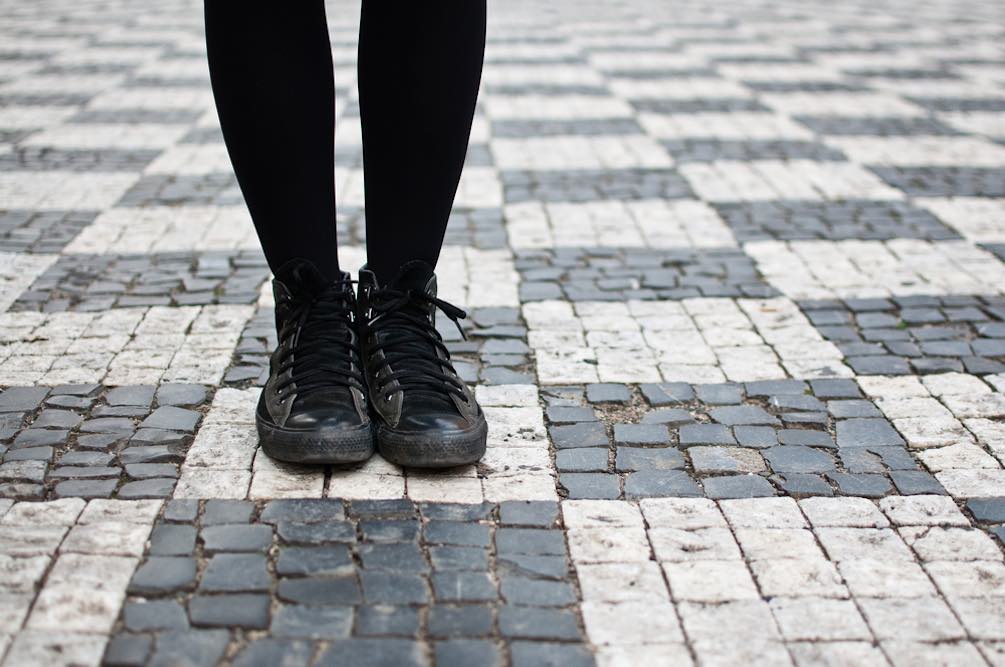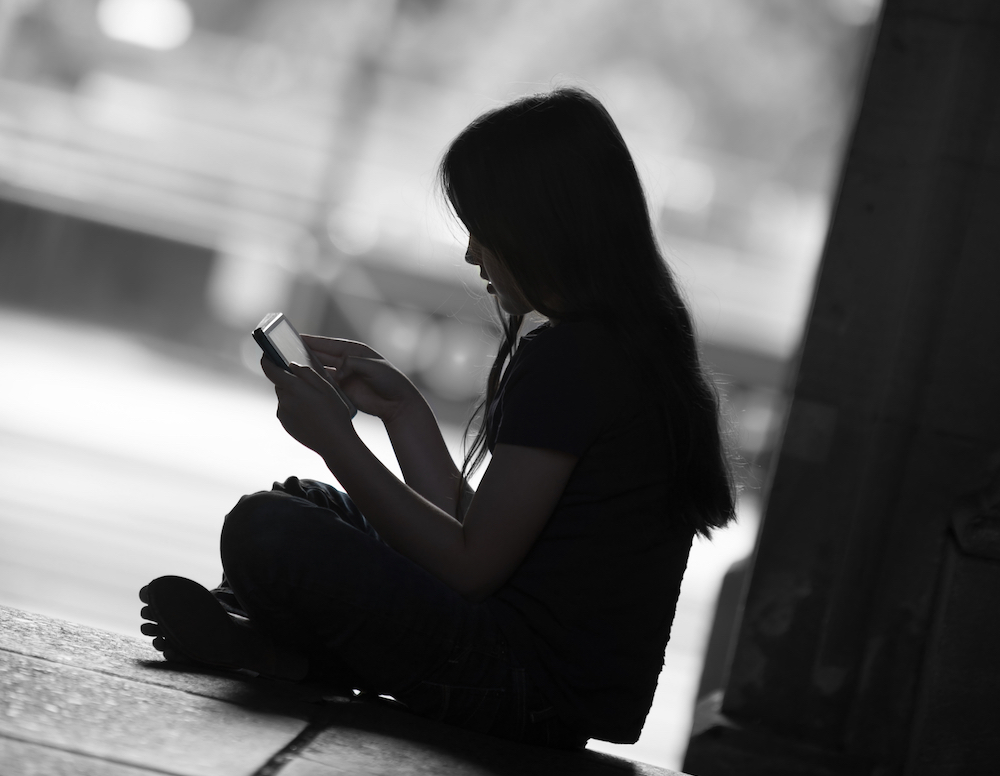An 11 year old girl has given birth – and is now believed to be Britain’s youngest mum. Shocking family, friends and authorities, nobody even knew the girl was pregnant.
The girl is not named due to being a minor herself. It is understood that she became pregnant at aged ten before giving birth earlier this month.
Despite the girl (birth mothers) age, the baby was delivered at over 30 weeks. Both mother and baby are reported to be healthy according to The Sun.
Social services and council are investigating the pregnancy. The father of the child and circumstances of the pregnancy are yet to be confirmed.
A source commented to social services (via The Sun) that “It has come as a big shock. She’s now being surrounded by expert help. The main thing is that she and the baby are OK. There are questions around why people did not know. That is very worrying. She is Britain’s youngest mum on record…”
British doctor, Carol Cooper was asked about the young age of the birth mother and commented, “This is the youngest mother I’ve heard of. The average age at which a girl begins puberty is 11, though it can be anytime between eight and 14, or younger. Weight affects many hormones. Because children are heavier, puberty is happening earlier these days.”
“There’s a higher risk of a low-birth weight baby, pre-eclampsia, premature labour and many infections. Around one in every 2,500 births happens to someone who doesn’t know she’s pregnant (or has hidden it).”
Previously, the youngest mother recorded in Britain was 12 years old. Tressa Middleton have birth in 2006.
Teen pregnancy in Australia
Teen pregnancy is on the decline in Australia. In 2017, births to teenage mothers made up 2.2% of all live births. This number was actually a 40% decrease from 2006 and the numbers have continued to fall since this time. Despite the decreasing numbers teen mothers and their children remain a vulnerable group in Australian society.
Interestingly, the statistical decrease in Aussie teen mums has been attributed to greater personal control over fertility rather than an increase in terminations.
In the 10 years prior to 2015, there was also been a change in the age distribution of teenage mothers. The proportion of mothers aged 16 decreased from 8.7% to 6.9% while the proportion of mothers aged 19 increased from 42% to 46% (AIHW 2018).
Are teenage births rates the same for everyone?
Teenage birth rates differ across population groups (Figure 2). In 2017, teenage mothers aged 15–19 were more likely to:
- live in Remote and very remote areas (21 births per 1,000) than in Major cities (3.2 births per 1,000)
- live in areas of greater socioeconomic disadvantage (21 births per 1,000compared with 1.7 births per 1,000 in areas of least disadvantage).
- be born in Australia (9.9 births per 1,000) than overseas (5.6 births per 1,000).
- Differences were also evident between Indigenous teenage mothers (46.4 births per 1,000) and non-Indigenous women (7.1 per 1,000). However, Indigenous teenage birth rates decreased considerably from 70 births per 1,000 Indigenous women aged 15–19 in 2006, to 46 births per 1,000 in 2017. See also Indigenous children.
Teen mothers round the world
Internationally, Australia’s birth rate for mothers aged 15–19 was lower than the national Organisation for Economic Co-operation and Development (OECD) average, according to the most recent OECD report on births to teenage mothers (Figure 3). Australia’s birth rate for these mothers (11.9 births per 1,000) was lower than the OECD average of 36 countries (12.4 births per 1,000). Korea had the lowest teenage birth rate (1.3 births per 1,000) while Mexico had the highest (66 per 1,000) (OECD 2018).











